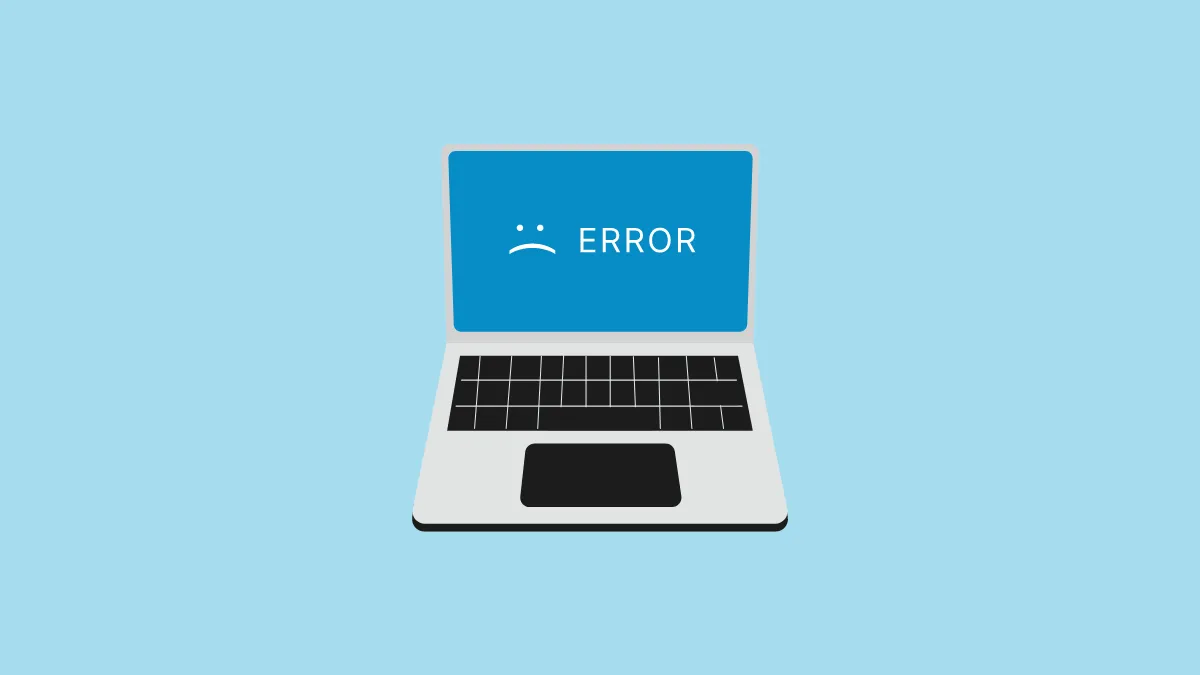The ntkrnlmp.exe Blue Screen of Death (BSOD) error in Windows 11 is a critical issue that can disrupt your computing experience. This error is often linked to problems with your system's graphics driver or corrupted system files. While the ntkrnlmp.exe file itself is a crucial component of the Windows operating system, the error indicates that something has caused it to malfunction. Below are several methods to help you diagnose and fix this error on your Windows 11 PC.
1. Repair Corrupted or Damaged System Files
Corrupted or damaged system files can often lead to the ntkrnlmp.exe BSOD error. You can use the built-in DISM and SFC tools to repair your system files.
Step 1: Open the Start Menu and type Terminal. Right-click on the Terminal app and select Run as administrator.
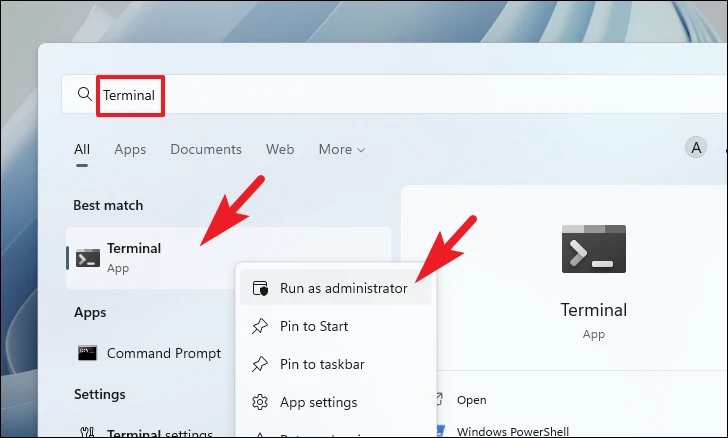
Step 2: In the Terminal window, type the following command and press Enter:
DISM /Online /Cleanup-Image /RestoreHealth
Step 3: Once the DISM scan is complete, run the System File Checker by typing the following command and pressing Enter:
SFC /scannow
Step 4: After the scans are complete, restart your computer and check if the BSOD error persists.
2. Update or Reinstall Graphics Driver
An outdated or corrupted graphics driver is a common cause of the ntkrnlmp.exe error. You can update or reinstall the driver to fix the issue.
Step 1: Open the Start Menu and select Settings.

Step 2: Click on Windows Update on the left sidebar, then select Advanced Options on the right.

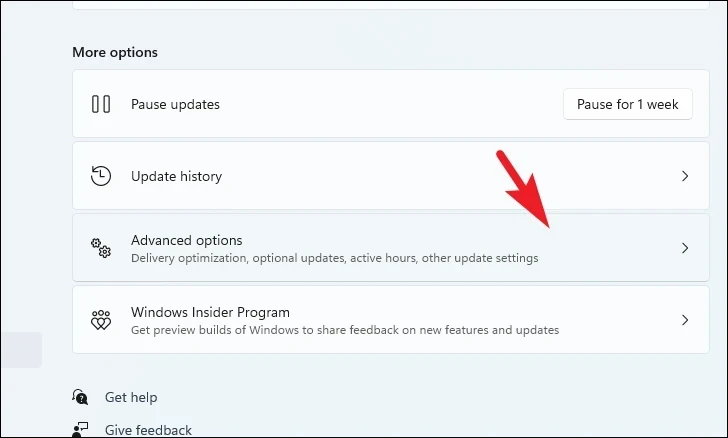
Step 3: Scroll down and click on Optional Updates.
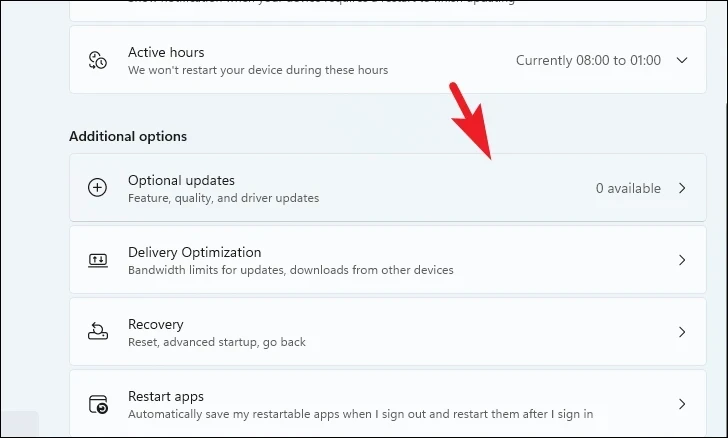
Step 4: Find the graphics driver update, select the checkbox next to it, and click Download & Install.
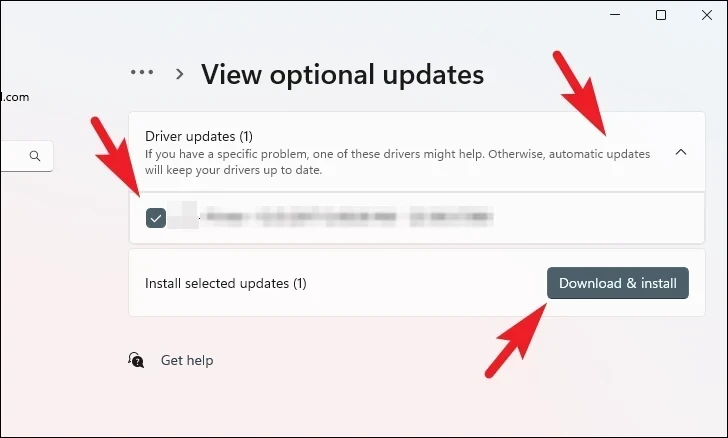
Step 5: Restart your computer to apply the updates.
If updating through Windows Update doesn't work, you can use Device Manager.
Step 6: Open the Start Menu, type Device Manager, and select it from the results.
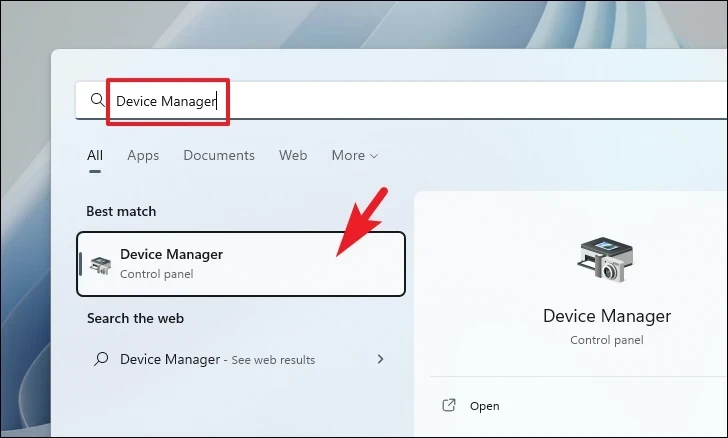
Step 7: Expand Display adapters, right-click your graphics card, and choose Update driver.

Step 8: Select Search automatically for drivers or Browse my computer for drivers if you have a driver downloaded.
Step 9: If updating doesn't fix the issue, you can uninstall and reinstall the driver. Right-click the graphics card in Device Manager and select Uninstall device.
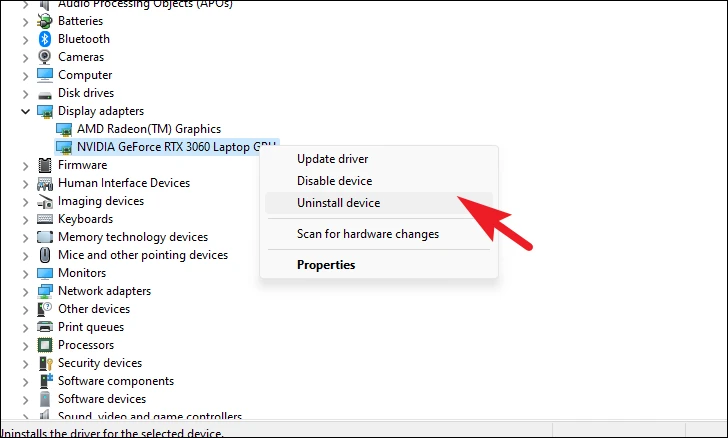
Step 10: Check the box for Attempt to remove the driver for this device and click Uninstall. Restart your PC and reinstall the driver via Windows Update or the manufacturer's website.

3. Disable EIST and C-State in BIOS
Enabling EIST (Enhanced Intel SpeedStep Technology) and C-State in your BIOS can sometimes cause voltage issues, leading to the ntkrnlmp.exe error. Disabling these settings might resolve the problem.
Step 1: Open the Settings app from the Start Menu.

Step 2: Navigate to System on the left sidebar and select Recovery on the right.
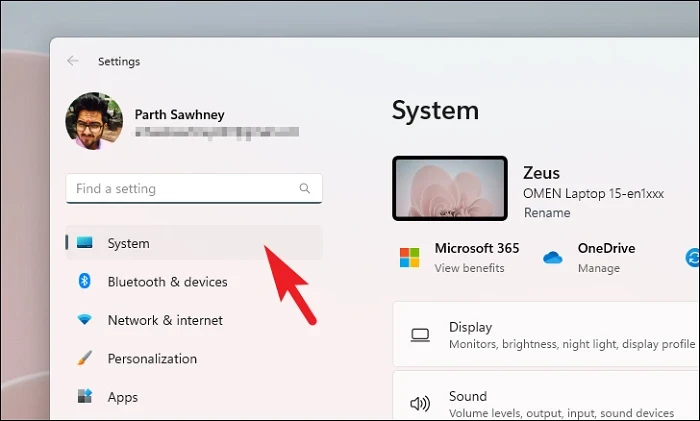
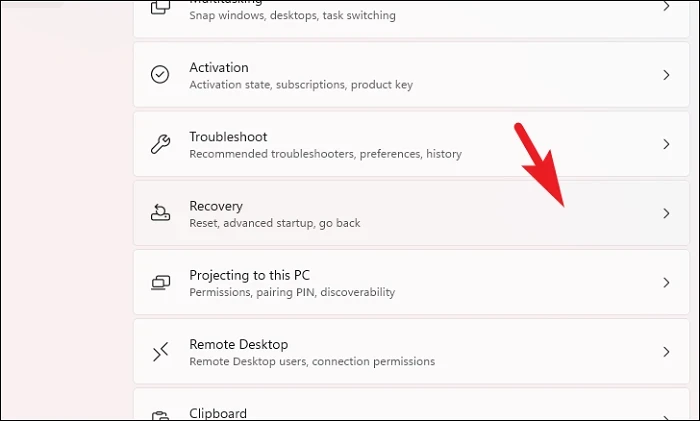
Step 3: Under Advanced startup, click Restart now and confirm by clicking OK.
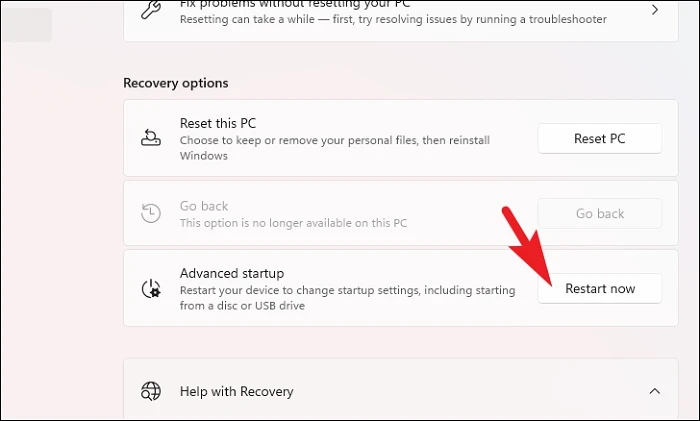
Step 4: After restarting, select Troubleshoot, then Advanced options, and choose UEFI Firmware Settings.
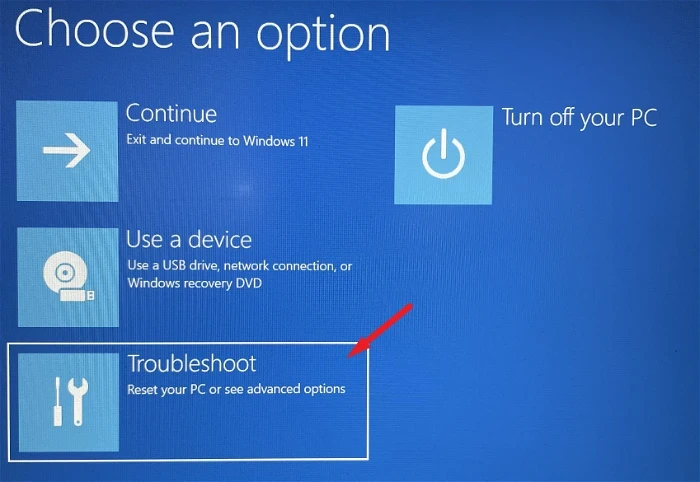

Step 5: Your system will reboot into the BIOS setup. Navigate to the Advanced tab and locate Power Technology.

Step 6: Disable both Intel EIST and Intel C-State settings.
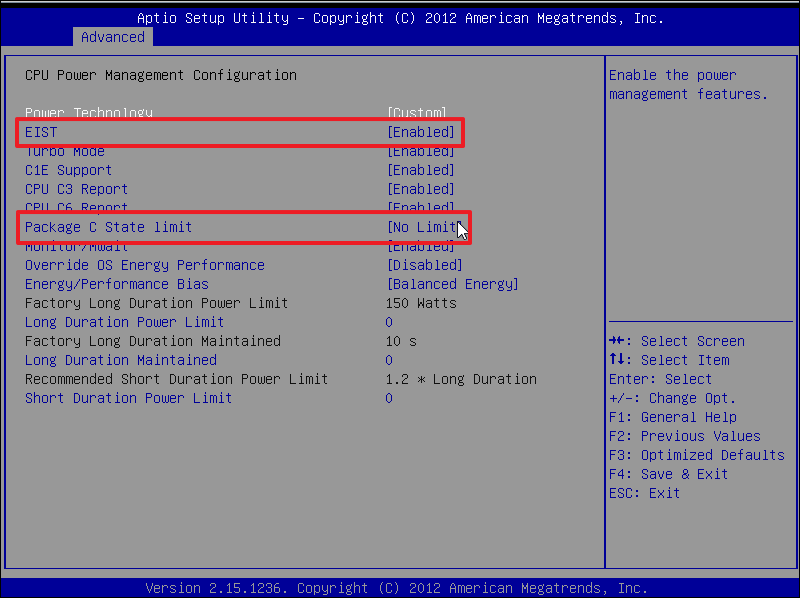
Step 7: Save the changes and exit the BIOS. Your computer will restart with the new settings.
4. Use Driver Verifier
The Driver Verifier tool checks for corrupt or malfunctioning drivers that might cause the ntkrnlmp.exe error.
Step 1: Open the Start Menu, type Terminal, right-click on it, and select Run as administrator.

Step 2: In the Terminal, type verifier and press Enter to open the Driver Verifier Manager.
verifier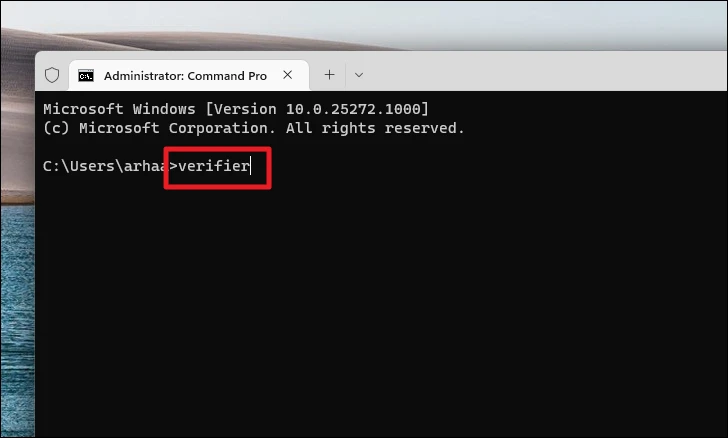
Step 3: Choose Create standard settings and click Next.
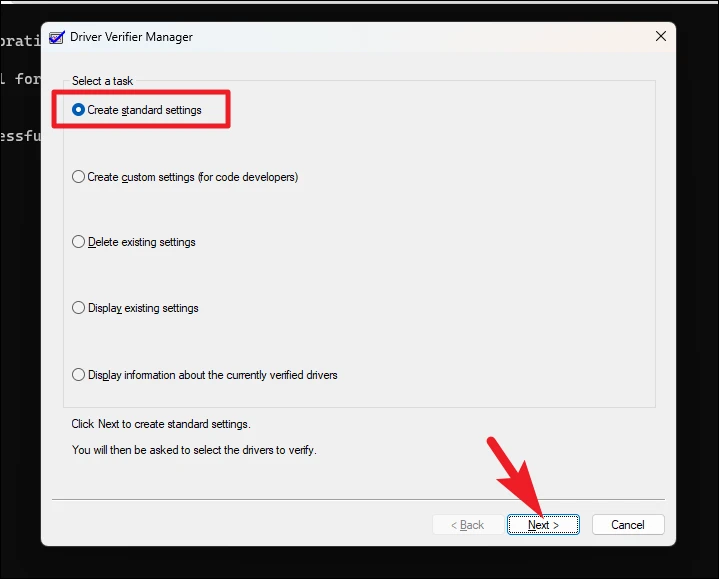
Step 4: Select Automatically select all drivers installed on this computer and click Finish.
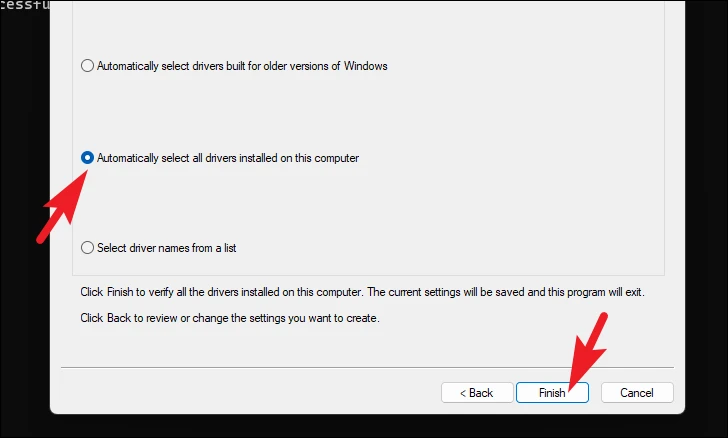
Step 5: Restart your computer. The Driver Verifier will run in the background to detect any driver issues.
Step 6: To view the results, reopen the Driver Verifier Manager, select Display information about the currently verified drivers, and click Next.

Step 7: After identifying and resolving driver issues, stop the Driver Verifier by typing the following command in the Terminal:
verifier /reset
5. Disable CPU Overclocking
Overclocking your CPU can cause instability and lead to BSOD errors. Disabling it might fix the ntkrnlmp.exe error.
Step 1: Open Settings from the Start Menu.
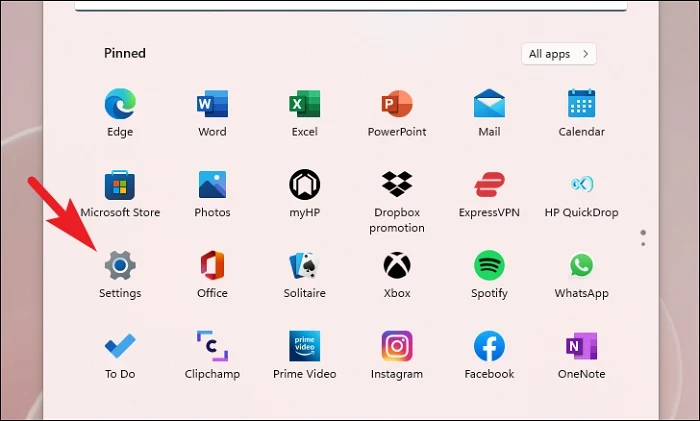
Step 2: Go to System on the left sidebar and select Recovery on the right.
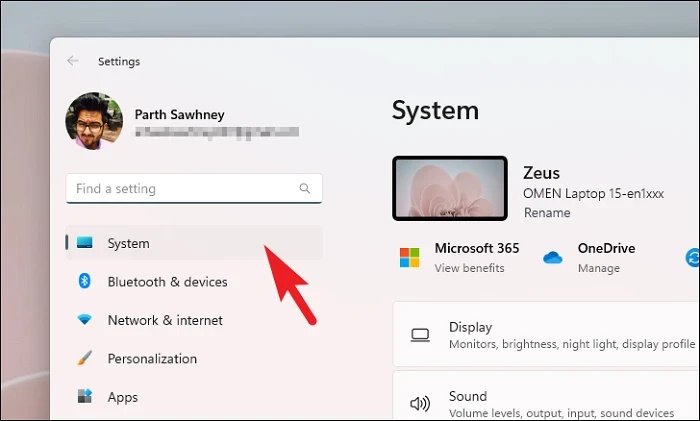
Step 3: Under Advanced startup, click Restart now and confirm.

Step 4: After restarting, select Troubleshoot, then Advanced options, and choose UEFI Firmware Settings.
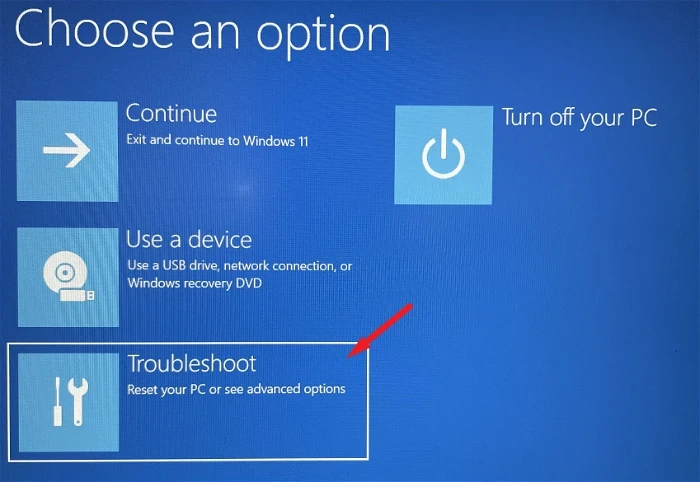
Step 5: Enter the BIOS setup. Navigate to the Advanced or AI Tweaker tab and locate the CPU Overclocking setting.
Note: The BIOS interface can vary between manufacturers. Look for similar settings if you can't find the exact terms.
Step 6: Disable CPU overclocking. If you're unsure, you can reset BIOS settings to default.
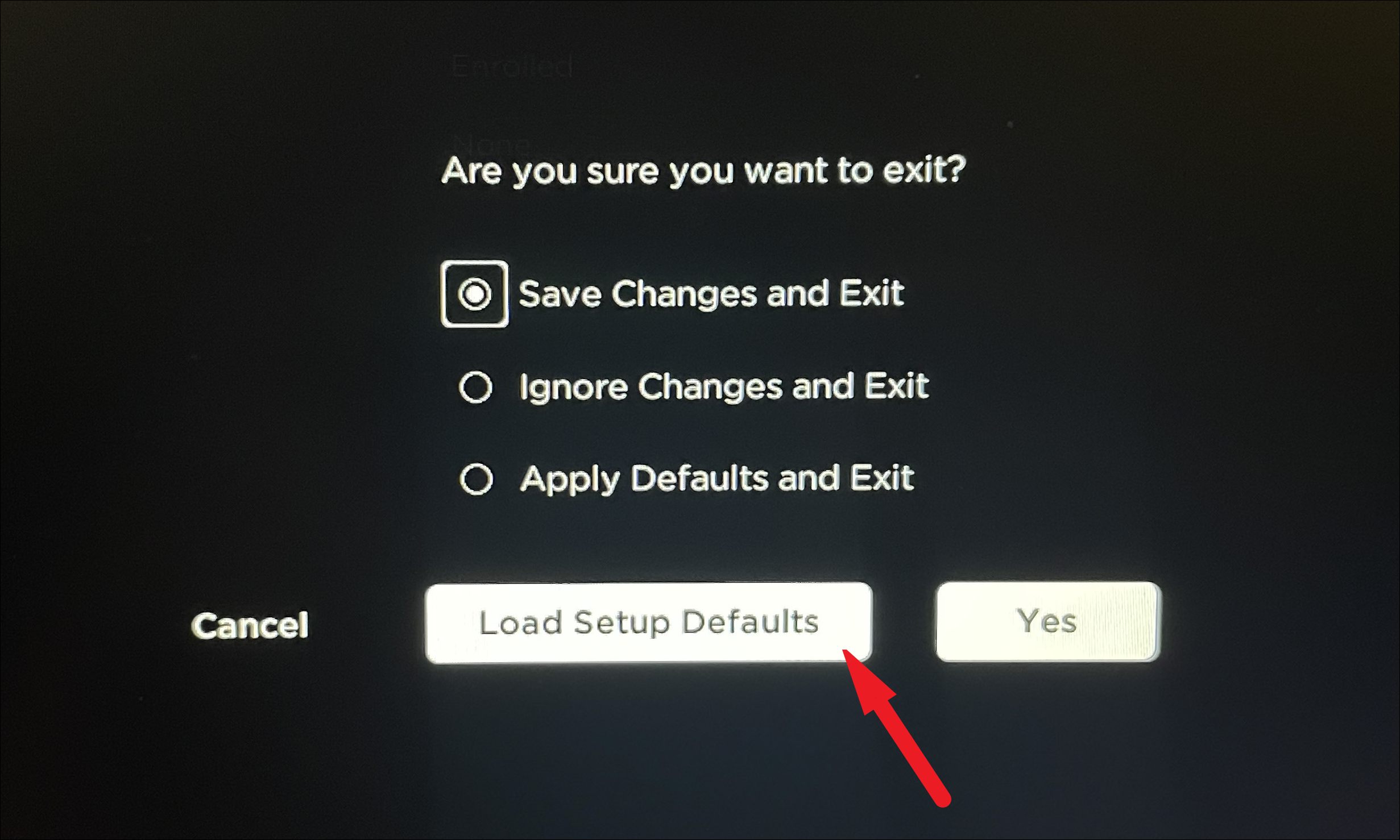
Step 7: Save the changes and exit the BIOS. Your system will restart with the new settings.
6. Roll Back to a System Restore Point
If the ntkrnlmp.exe error started appearing after recent system changes, rolling back to a previous restore point might help.
Step 1: Open the Start Menu, type Control Panel, and select it.
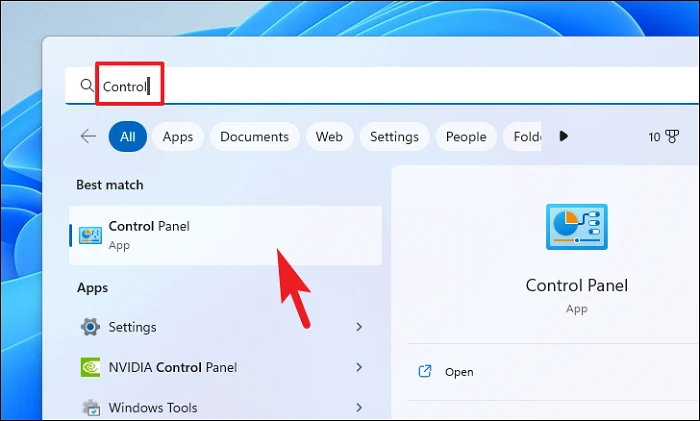
Step 2: Click on Recovery, then select Open System Restore.

Step 3: Click Next, choose a restore point, and click Next again.
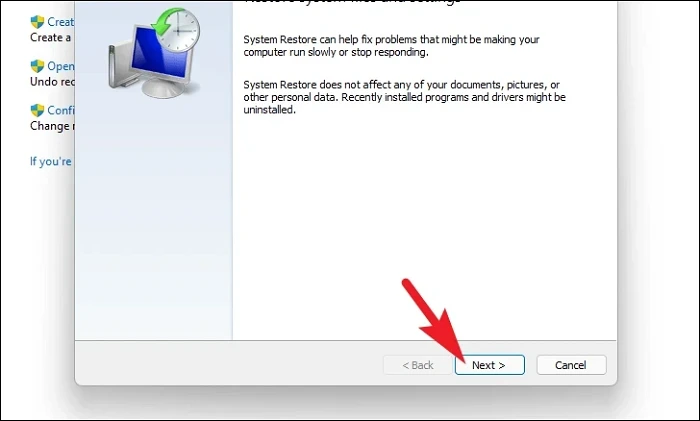
Step 4: Click Scan for affected programs to see which programs will be impacted.
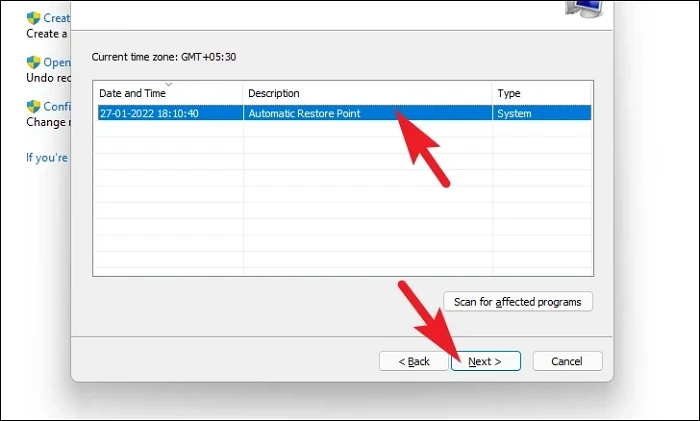
Step 5: Confirm your restore point selection and click Finish to start the restoration process.

7. Reset Your PC
If all else fails, resetting your PC might be the solution. This will reinstall Windows 11 and can help eliminate persistent errors.
Step 1: Open Settings from the Start Menu.
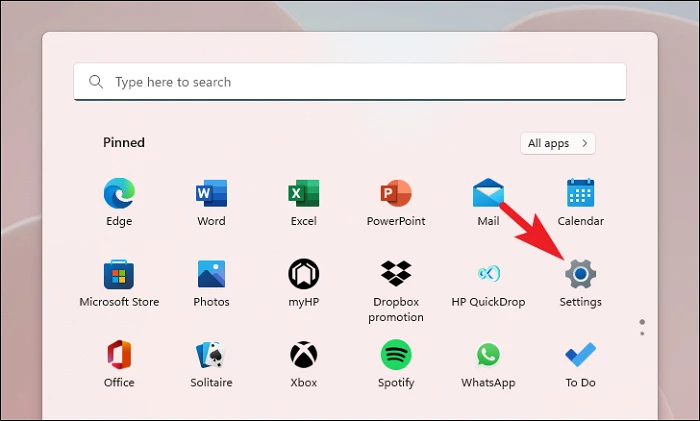
Step 2: Navigate to System and select Recovery.
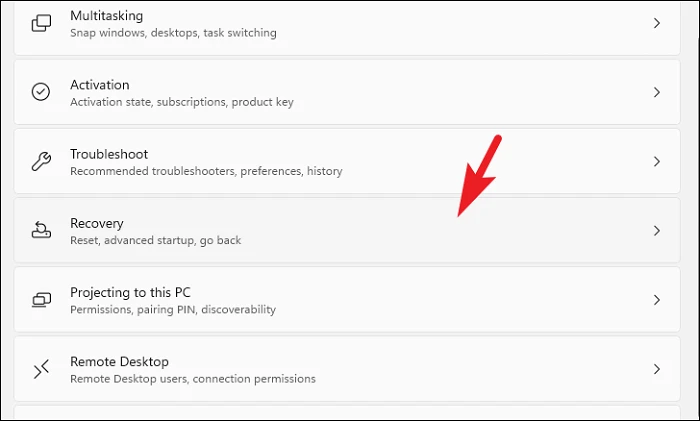
Step 3: Click on Reset PC under Reset this PC.

Step 4: Choose Remove everything for a complete reset or Keep my files to retain your personal files.
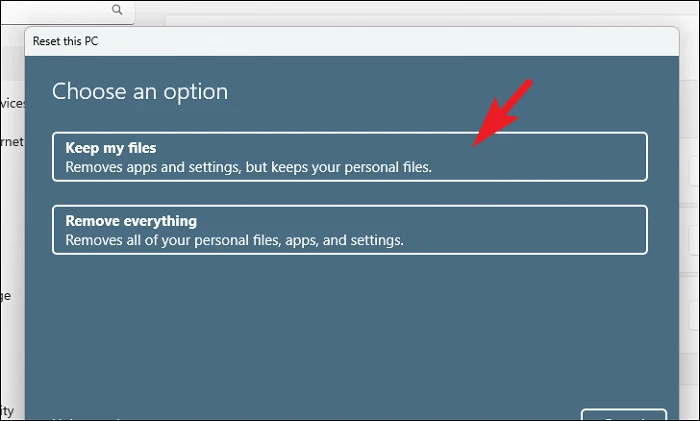
Step 5: Select Cloud download to ensure you get the latest version of Windows 11.
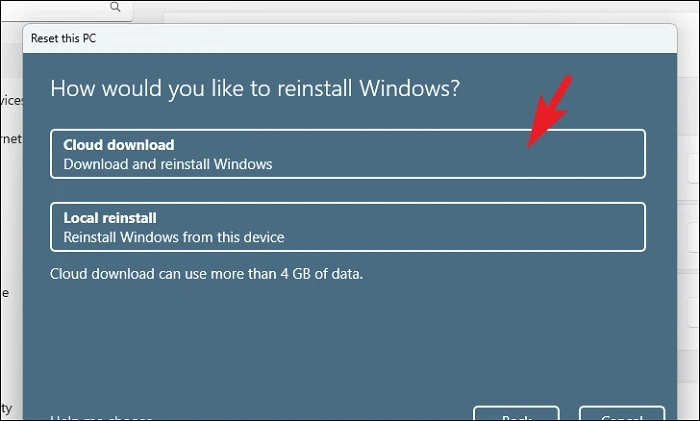
Step 6: Review the settings and click Next.
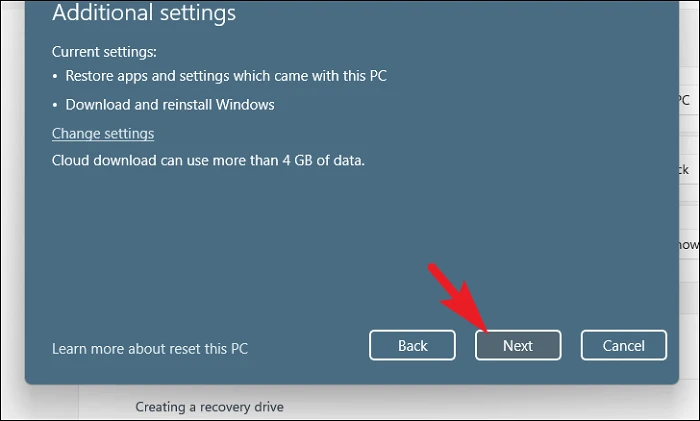
Step 7: Click Reset to begin the process. Your PC will restart several times during the reset.
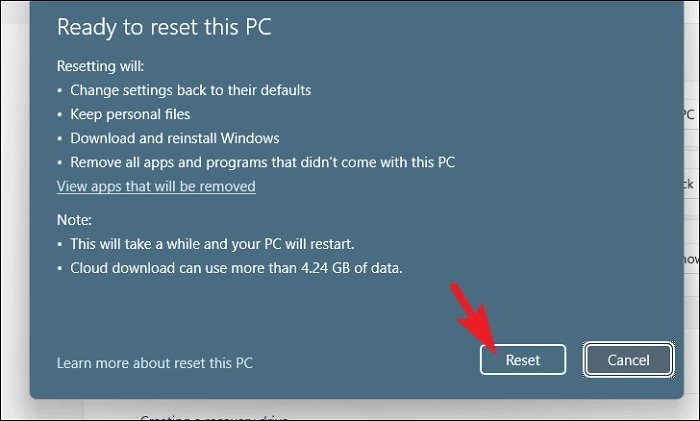
By following these methods, you should be able to resolve the ntkrnlmp.exe BSOD error in Windows 11 and restore your system's stability.

